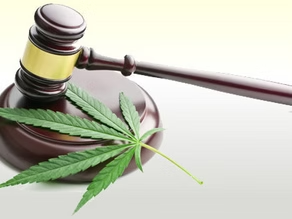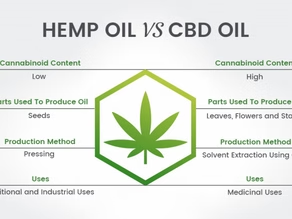Table of Contents
ToggleCannabinoids & Consumption Methods
There are many different ways to consume medical marijuana, each offering its own benefits and drawbacks. No two methods are the same—and what works best for one person may not work for another.
When using cannabis for medical purposes, it’s important to understand not just how it’s consumed, but which cannabinoids are responsible for specific effects.
🔬 Key Cannabinoids and Their Effects
Here are some of the major chemical compounds (cannabinoids) found in cannabis, along with their potential benefits:
CBD (Cannabidiol) – Relieves nausea, anxiety, and inflammation, and helps reduce the frequency and severity of seizures. Considered the most important compound for medical use.
CBC (Cannabichromene) – Offers mild sedative effects and works with THC to relieve pain.
THC (Tetrahydrocannabinol) – Reduces pain and inflammation, aids in sleep, and stimulates appetite.
THCV (Tetrahydrocannabivarin) – A newer discovery, may help with metabolic disorders and type 2 diabetes.
CBN (Cannabinol) – Helpful for glaucoma, reduces seizure frequency, and provides a mild high.
CBG (Cannabigerol) – Has antimicrobial and sedative effects, and helps lower intraocular pressure from glaucoma.
🌱 How Dispensaries Optimize Cannabinoid Blends
Licensed dispensaries selectively breed cannabis strains to enhance medical benefits while minimizing negative side effects. By adjusting cannabinoid levels, they can create strain-specific products tailored to address:
Pain
Anxiety
Seizures
Sleep issues
Appetite loss
Inflammation
📦 Common Cannabis Consumption Methods
Each method of consumption delivers cannabinoids differently. Patients are encouraged to experiment (under medical guidance) to find the option that works best for their condition, body, and lifestyle.
1. Smoking
Pros: Fast-acting relief
Cons: Can irritate lungs; not recommended for those with asthma or respiratory issues
Tip: Beginners should start with small amounts to avoid coughing fits
2. Edibles
Forms: Cookies, chocolates, gummies, crackers, lollipops, beverages
Pros: Tasty, precise dosing, and long-lasting relief
Cons: Delayed onset (30 minutes to several hours)
Tip: Start low, go slow
3. Topicals
Forms: Creams, salves, lotions, sprays
Pros: Targeted pain relief with no psychoactive effects
Use for: Sore muscles, joint pain, inflammation
4. Vaporizing (Vaping)
Pros: Less harmful than smoking, lower temperature preserves flavor and potency
Cons: May still irritate lungs for sensitive individuals
Bonus: Vapor has a cleaner taste than smoke
5. Tinctures & Sprays
How it’s used: Dropped or sprayed under the tongue
Pros: Fast absorption, lung-friendly, easy to dose
Base: Usually alcohol, oil, or glycerin
6. Transdermal Patches
Pros: Enters the bloodstream directly for systemic relief
Use for: Chronic or general pain
Difference from topicals: Patches affect the whole body, not just localized areas
7. Suppositories
Pros: Rapid absorption, bypasses digestion
Cons: Can be messy or uncomfortable
Use for: Patients unable to ingest or inhale cannabis
🌿 Final Thought:
Medical cannabis offers a variety of therapeutic benefits through its cannabinoids. Finding the right delivery method is part of the healing journey. Always consult with a qualified medical professional before beginning or changing your cannabis treatment.


